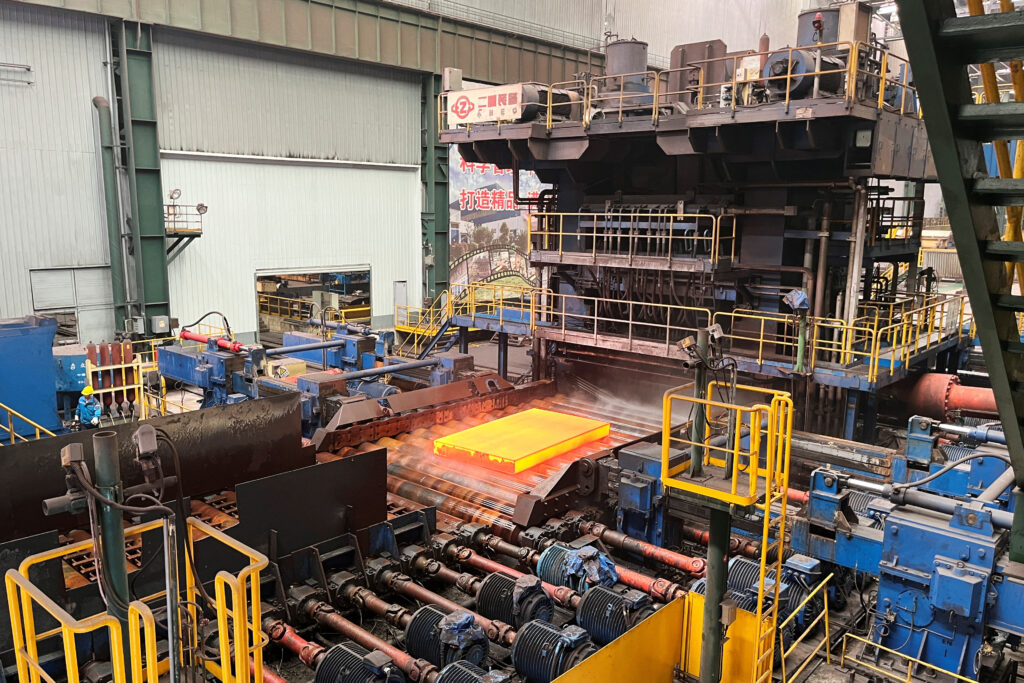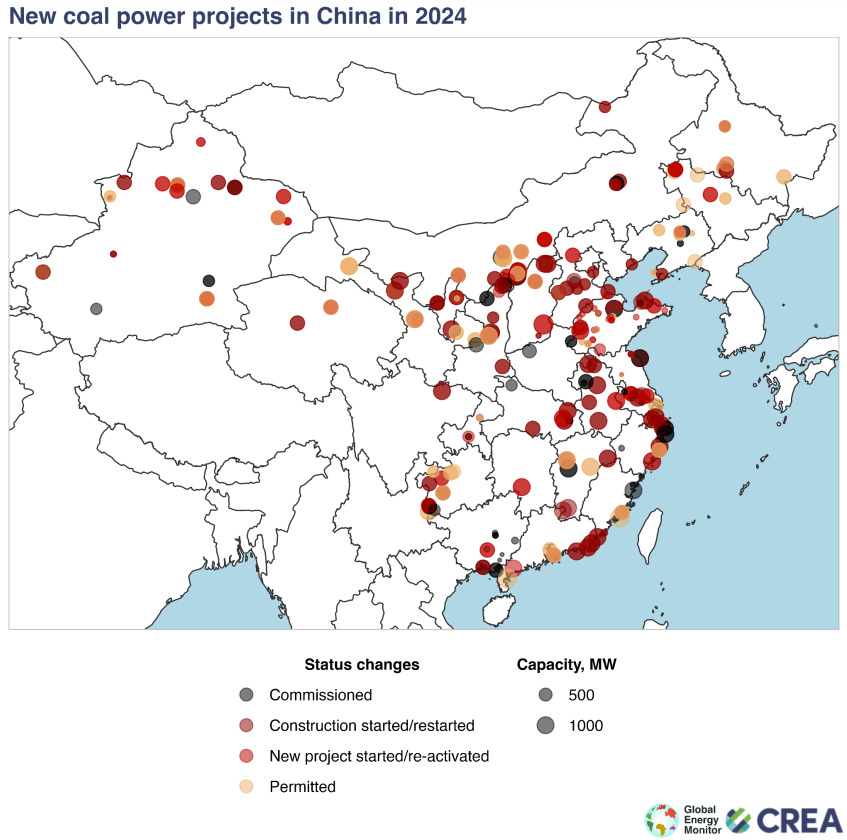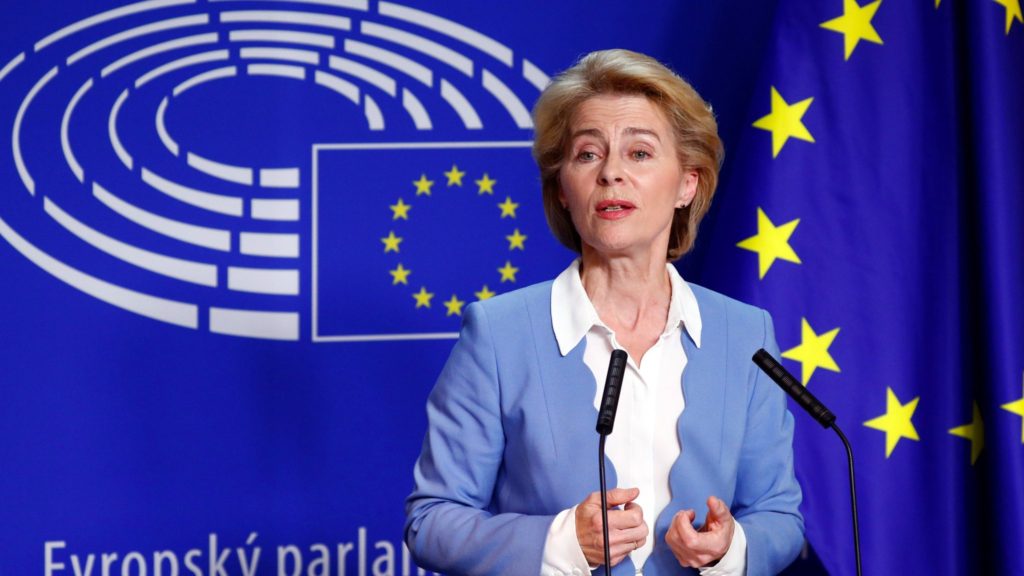In a significant gathering of industry experts at the SteelOrbis 2024 Spring Conference & 90th IREPAS Meeting, Yuan Wenjong, chairman of Dao Fortune, took center stage to deliver a detailed examination of China’s steel market. Wenjong’s comprehensive analysis focused on pivotal changes in the global long steel market, emphasizing factors affecting China’s domestic sector.
The narrative Wenjong presented was one of stark reality. He revealed that the Chinese steel market had encountered formidable challenges in the first quarter of the year. Despite a robust start in January, the subsequent months were not as favorable, with steel demand plummeting by 24 percent year-on-year in the first quarter. This downturn, marked by persistent declines post-New Year, was punctuated by significant fluctuations in steel prices, only finding some stabilization in April.
Notably, there was an unexpected increase in steel exports, which surged by 6.06 million mt, marking a 30.7 percent year-on-year increase. This boost was vital in bolstering domestic prices amid challenging market conditions. Wenjong’s forecast for exports remains optimistic, with expectations exceeding 90 million mt, primarily comprising flat products. He also touched upon the recent investigation into non-VAT exports from China, positing a possible decline but without committing to precise figures.
Wenjong pointed out that the challenges weren’t confined to China’s borders, noting that the global steel demand had been lackluster. Geopolitical tensions and economic uncertainties, particularly in the Middle East, were highlighted as exacerbating factors to this global issue.
A central point of Wenjong’s address was the troubles within the Chinese real estate sector. He attributed a considerable part of the steel market downturn to this, noting a stark 19 percent decrease in new home sales year-on-year. The impact rippled through to the construction sector at large, with investment growth slowing down, especially in municipal government construction, which dampened market sentiment.
Looking forward, Wenjong proposed a multifaceted approach to revitalize market vitality. He advocated for accelerating the issuance of local government special bonds as an emergency strategy to support infrastructure projects, alongside targeted financial support for critical sectors. He also emphasized the potential of ultra-long-term special treasury bonds to stimulate demand.
Despite these measures, Wenjong voiced concerns over the challenges posed by the EU’s Carbon Border Adjustment Mechanism (CBAM) and the global transition towards green steel production. He noted that while the HBI and hydrogen paths offer hope, the actual implementation of these strategies remains veiled in uncertainty, casting doubt on the industry’s forward path.
In summary, Wenjong painted a picture of a steel industry at a crossroads, grappling with immediate challenges and uncertain futures, necessitating a robust and adaptable strategy to forge ahead.
Source: SteelOrbis









